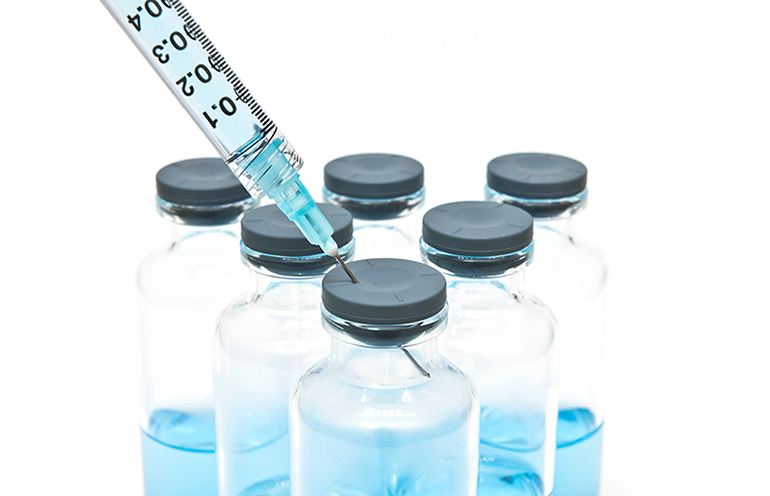
by Prachi V. Atre, M.S., Formulation Scientist II, Nexus Pharmaceuticals, Inc., and Anita Sharma, Ph.D.,
Lead Formulation Scientist, Nexus Pharmaceuticals, Inc.
In recent years, advancements in drug delivery systems have made remarkable contributions in the realm of healthcare and pharmaceuticals. In the pharmaceutical domain, the focus on development of complex parenteral formulations is to deliver the proper amount of drug at the target site with minimal side effects or adverse reactions. Formulation factors along with physiological factors influence a triggered release and specific, targeted delivery. Successful drug delivery also depends on physico-chemical properties of the therapeutic agent. Conventional drug delivery lacks the controllability of drug release that stimulated the engineering of novel drug delivery systems possessing a rational design to augment the performance of the drug delivery system. A major challenge to formulation scientists is development of suitable drug delivery systems, such as poorly water-soluble active molecules resulting in erratic absorption (Laffleur and Keckeis 2020). The parenteral route of administration (e.g., intravenous, intradermal, intramuscular, intraarterial, subcutaneous) offers significantly high absorption profile and hence enhanced bioavailability. Along with parenteral therapeutic solutions of monoclonal antibodies–such as Humira for treatment of rheumatoid arthritis–the complex injectable market is picking up in terms of available infusion treatments for chronic and life-threatening diseases (Falconer 2019). Quality by design (QbD) approach is suitable to the development of parenteral therapeutic protein formulations. Pharmaceutical QbD is a systematic, scientific, risk-based, holistic, and proactive approach to pharmaceutical development which starts with predefined objectives and emphasizes product and process understanding as well as process control (Lawrence, Amidon et al. 2014). Pharmaceutical QbD indicates how scientific procedures with better quality should be incorporated in research and development such that quality is built into product processing during the preliminary phase. QbD recognizes quality attributes from the patient’s perspective, converts them into drug product characteristics, and ultimately determines the effect of critical quality attributes in order to constantly produce a drug product with beneficial properties.